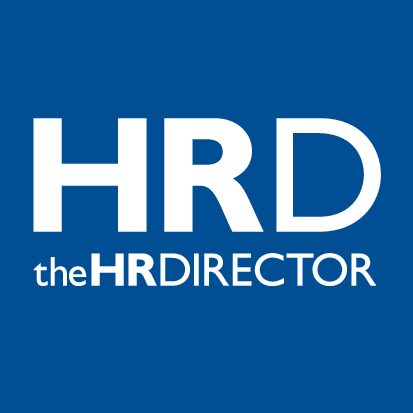Generational diversity in the workplace is at an all-time high, with five generations in the workforce for the first time in modern history. As demographic trends show life-spans and retirement ages increasing, it’s likely this diversity is here to stay.
Current data shows that Gen Z make up 13.6% of the UK workforce, while Baby Boomers, now aged between 60 and 78, still make up 11.7%.*
With different generations come complexities in achieving employee satisfaction, and leaders of multigenerational workforces must be able to adapt and communicate to ensure overall success.
Here, Dale Graham, Head of DEIB at Q5 highlights four challenges of leading a multigenerational workforce and how to overcome them.
Priorities
Across different generations priorities can change; according to a survey by LinkedIn** 72% of Gen Z would leave a job if their employer didn’t offer flexible working, compared to just 59% of Baby Boomers.
While the younger workforce may be raising children or purchasing their first home, the older generation may be making retirement plans or caring for older family members, each of which come with different needs and flexibilities.
Leaders should consider how to meet the individual needs of their team, whether through hybrid working, flexible hours, sabbaticals or compressed working weeks to support out of office priorities.
This level of insight and support will not only help retain valuable talent, but also increase satisfaction, collaboration and overall success.
Stereotypes
Due to cultural norms of different eras, each generation may hold different perspectives and traits, however inclusion must be at the forefront of leadership. Each individual must be viewed and treated as such, as harmful stereotypes and assumptions of skills, knowledge and ability can lead to negative impacts in a workforce.
Communication
How we communicate has evolved over time, and miscommunication can occur as people from different ages and backgrounds interpret things in different ways. Communication styles can also differ across generations, where Baby Boomers may prefer in person conversations, while Gen Z, brought up in a digital world, have preference for messaging apps and video calls.
To communicate effectively, leaders need to adapt their style and approach to meet the communication preferences within their teams and manage miscommunications between colleagues efficiently and effectively.
Power Dynamics
Between colleagues, unhelpful power dynamics can occur where there are significant age gaps, with younger generations perhaps feeling hesitant to ask questions or feel like they have to prove themselves, while older generations may view younger colleagues as inexperienced.
It’s incredibly important that ‘us vs them’ power dynamics are mitigated, and psychological safety is in place, offering everyone the opportunity to speak up with questions, ideas and concerns.
While challenges across a multigenerational workforce are common, there are also multiple benefits. With the right strategies, businesses can reap the rewards of having a workforce from different backgrounds, ages and ideologies. Diverse perspectives can foster creativity and innovation, open doors to development and mentoring opportunities, which in return contributes to upskilling and improved results across the board.
www.q5partners.com







